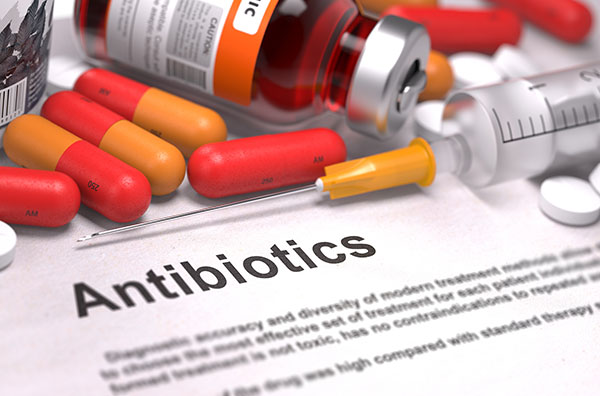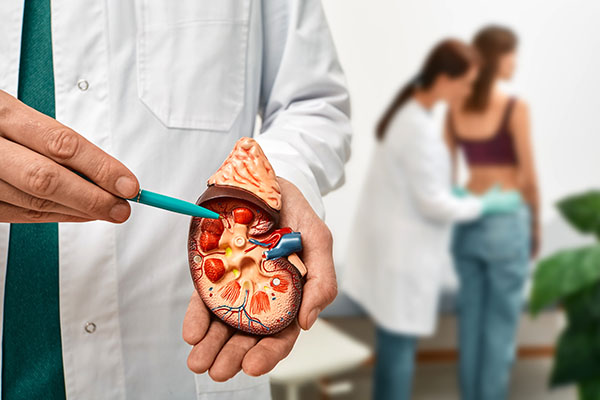
Cationic antimicrobial peptides (CAMPs) are produced by all living creatures to ensure a healthy and innate immune system. Researchers at the College of Science at George Mason University decided to isolate the number of CAMPs from Komodo dragon blood to expand their library of known CAMPs for therapeutic studies. They had recently done the same procedure with alligator blood.
Using an approach called bioprospecting, the blood of Komodo dragons was incubated with negatively charged hydrogel particles which would capture peptides that are positively charged. Researchers were then able to identify and sequence 48 potential CAMPs using mass spectrometry. Of these, it was found that only one was not derived from histone proteins -- where most antimicrobial peptides are formed.
Eight of the 48 potential CAMPs were tested against Pseudomonas aeruginosa and Staphylococcus aureus, two bacterial strains that cause general infections. Seven of the peptides showed significant potency while the eighth was only effective against Pseudomonas aeruginosa.
While still a new topic, researchers say that these findings could potentially prove to be useful for improved therapeutics. (RELATED: Find more news on superbugs at Superbugs.news.)
“Smart” bacterial infections?
Nearly every living system contains some form of bacteria, however most strains are harmless. In fact, there are bacteria needed to help digest food, give the body necessary vitamins, and even destroy disease-carrying cells. Good bacteria, such as those found in yogurt and cheese, have been extensively studied and have been shown to have many advantages.
On the opposite end of the spectrum, infectious bacteria can be life-threatening. These constitute only around one percent of known bacteria strains, but have the potential to make a person incredibly sick. The most common treatment for a bacterial infection is antibiotics. However, every incidence of antibiotic treatment increases the chances that bacteria in the body will become resistant to them. This is called antibiotic resistance. As the strains get “smarter,” previously effective treatment is rendered useless.
This leaves patients needing more medicine, at typically higher doses. It is a battle of escalation, with no known end. Health professionals are constantly looking for new ways to battle new, resistant diseases.
Nipping infections in the bud
A weaker immune system significantly increases the risk of developing a bacterial infection. Common strains such as Pseudomonas aeruginosa and Staphylococcus aureus typically do not affect normal, healthy people. Pseudomonas is found widely in the environment, like water, plants, and soil, and is a fairly common pathogen. Healthy people who are infected with the bacteria usually only exhibit mild symptoms. However, those who already have an impaired immune system caused by poor eating habits and a sedentary lifestyle report more severe complications.
A Pseudomonas infection in the blood, for example, can lead to extremely low blood pressure and cause a person to go into hemodynamic shock. Regardless of where the infection occurs, the Pseudomonas strain can become very aggressive -- if a person is already weak.
Preventive measures can be taken almost immediately. Wellness experts recommend small, daily changes such as eating less processed, sugary foods, and exercising more. The cumulative effect of lifestyle change has been studied to improve overall health and decrease the risk of infection, especially those caused by bacteria.
Sources:
Please contact us for more information.























